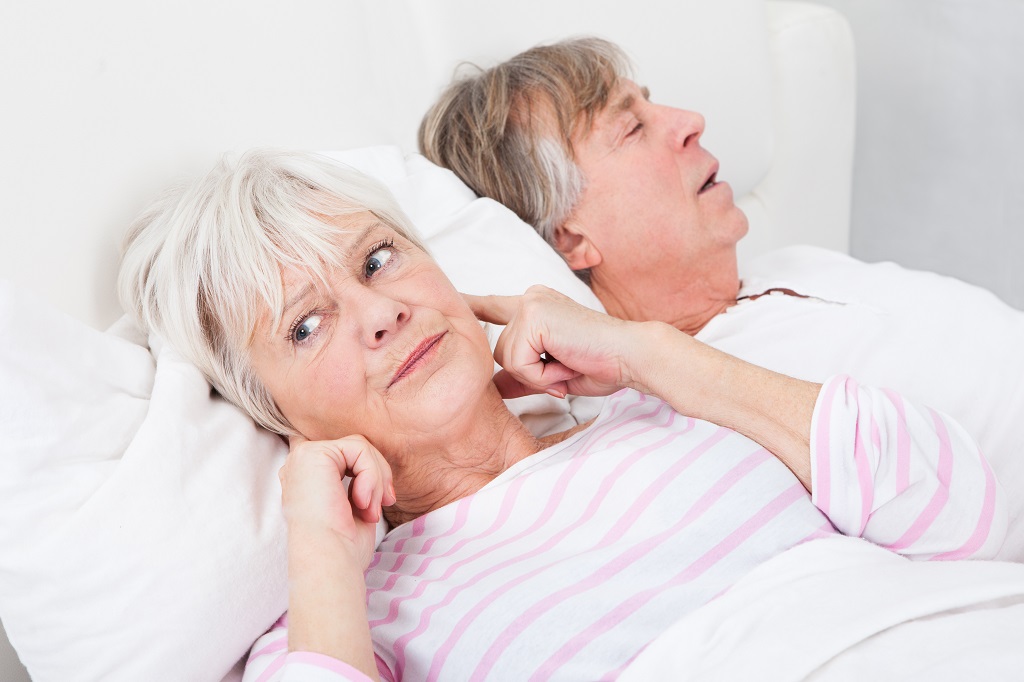
Who is susceptible to sleep apnea? What kind of people have to worry about it? Is age going to be a factor that you need to look out for? Gender? All very good questions. You’re probably already familiar with the profile of an individual that is suffering from sleep apnea, but there is a rising notion that individuals who have reached middle age are more likely to experience sleep apnea in their lifetime. Remember, this is a condition that is developed rather than inherited, and one of the most common contributors to the condition is obesity – an epidemic that has plagued those of middle age in the United States for some time.
Keep in mind that while men over the age of 40 are at the highest risk for obstructive sleep apnea, this does not necessarily represent the entire demographic by any means. An oximetry test, as usual, should be used to determine the presence of sleep apnea, as opposed to operating on assumptions.
The Danger of Assumption and the Need for an Oximetry Test
Yes, men over 40 are definitely at risk, but the existence of this demographic points to the probability that women who suffer from sleep apnea will not be properly treated because doctors tend to go with their ‘gut instinct’ – a problem that we discussed in an earlier blog post. To properly determine whether or not an individual is suffering from sleep apnea an overnight oximetry test is often used, but certain risk factors need to be taken into account.
The overnight oximetry test can be conducted at home, and it is carried out using an oximeter – a device that is clipped to the finger or ear, and it then directs a beam of light through the tissue. This beam of light is able to help the device monitor oxygen saturation in the blood, thereby determining whether or not you are receiving enough oxygen throughout the night. As you already know, your sleep apnea is determined by the amount of oxygen in your blood, and whether or not your airway is collapsing and cutting you off from that much-needed oxygen. Now, with that being said, let’s shed some light on some of the risk factors that you could be facing which are obvious indicators of sleep apnea:
- Weight – Statistics show that more than 2/3 of the population in America is overweight or obese with 6.3 percent morbidly obese.
- Age – It is confirmed that men over the age of 40 are at greater risk for sleep apnea.
- Natural Causes – These causes include a genetically narrower throat or an enlarged tongue that blocks the airway.
- Enlarged tonsils – Again, a factor that can block the airway and obstruct breathing at night.
More often than not, weight gain and obesity are cited as the primary cause of sleep apnea, but the above factors need to be taken into account as well. Children, for example, are often a candidate for sleep apnea, even though the condition is often attributed to adults. That being said, roughly 2-3% of the child population in the United States suffer from Sleep Apnea, often due to enlarged tonsils – a situation that can be corrected early on.
The most important thing to know is that while this condition can certainly be irritating, it is one that can be corrected by taking a home oxygen qualification test and seeking out the right treatment. Generally, as we’ve said many times before, the right treatment is going to involve a CPAP machine, which is uncomfortable, but effective. Keep up on our blog to learn more about other methods of treatment that have been coming about, including a few that are still within the experimental stage.
Most importantly, be careful to avoid stereotyping. The last thing you want to do is end up overlooking sleep apnea due to a belief that it can only happen to certain demographics. Everyone is at risk one way or another, and at the end of the day, the condition is perfectly diagnosable and treatable with the right implements and treatments.
VirtuOx is the leader in home sleep tests and pulse oximetry.
Click the link below to get more information plus to receive a FREE Report…